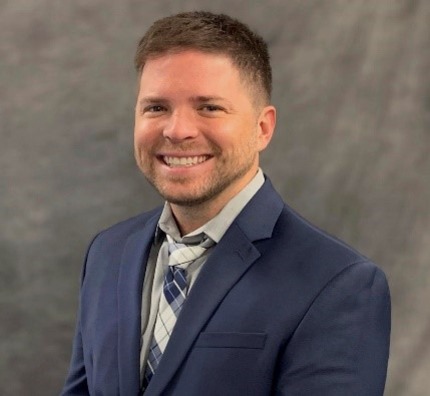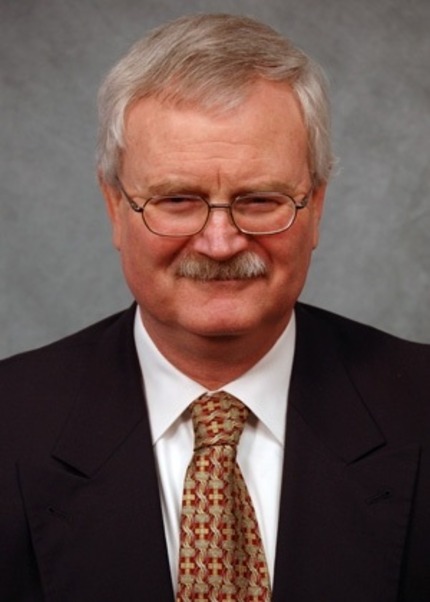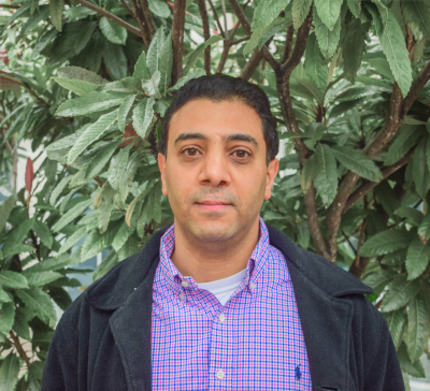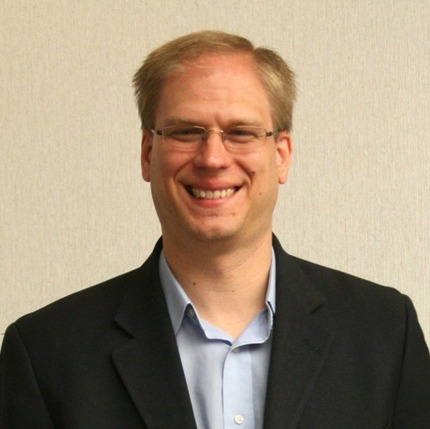Fifth Seminar - April 22, 2022 3:00 pm EST

Title: Socio-Economic Opportunities of U.S. Offshore Wind
Click here to watch the recording.
Abstract
The emerging US Offshore Wind industry presents a significant Socio-Economic opportunity for the US especially when considering diversity of energy production & overall resilience. Offshore Wind development creates an energy addition opportunity while also providing a high power production source to the grid. Offshore wind developments facilitate significant community and economic benefits from port development for offshore construction & operational activities to the growth of local supply chain for steel supply, construction & operational workforce, and facilitating decarbonization through electrification and future zero emissions fuels like green hydrogen.
Biosketch
Justin Evans leads Worley’s US offshore wind business development initiative with a focus on a holistic & socio-economic approach to development. He has been involved in offshore energy projects for the last 15 years working for companies like Shell & BP where he led offshore energy. He has also worked on the offshore energy supply chain side with product & service providers which have provided him perspective and insight into the full value chain necessary for the success of offshore projects.
Fourth Seminar - October 15, 2021, 2:00 pm EST

Title: Updates on Status of US Offshore Wind Regulatory and Technical Challenges
Click here to watch the recording.
Abstract: I have been a geotechnical engineer at BOEM since 2013 when the offshore wind industry in the US was just beginning with Cape Wind and initial leases on the Atlantic OCS. We have made steady progress and our work has shifted into high gear this past year with a favorable administration, support from state governments, and growing interest from European offshore wind developers and consultants. I will provide an update of the latest leasing and plan submittal activities in the US. I will discuss the regulatory challenges for BOEM with the accelerated renewable energy goals set by the administration. I will then provide an update to the Engineering and Technical Review Branch (ETRB) staffing additions and geotechnical and other technical challenges we are facing and expect in the near future. I will also discuss our Technology Assessment Program (TAP) and our funded research that helps guide our reviews and assist industry.
Biosketch: Dan O'Connell is a Geotechnical Engineer with the Engineering and Technical Review Branch of the Office of Renewable Energy Programs; Bureau of Ocean Energy Management, based in Sterling, VA, since 2013. Dan obtained a B.S. degree in Civil Engineering from Brown University followed by graduate study in ocean engineering at University of Rhode Island and geotechnical engineering at University of California, Berkeley. He is a Registered Professional Engineer in several states, and a Registered Geotechnical Engineer in California. Dan had 38 years of experience as a Geotechnical Engineering consultant in New England, California, and Mid Atlantic prior to joining the Federal Government. At BOEM he is currently responsible for reviewing geotechnical investigations, engineering studies and plans for offshore renewable energy projects in Outer Continental Shelf, updating federal regulations and standards, and managing research activities.
Third Seminar - May 28, 2021, 12:00 pm EST

Title: Monopile Optimization and Recent Developments
by Paul Doherty, PhD, CEng. MIEI
Managing Director
Gavin and Doherty Geosolutions (GDG)
Click HERE to register
After registering, you will receive an email with instructions on how to join the Zoom Webinar.
Abstract: Monopile design has evolved significantly over the past decade to accommodate the specific needs of the offshore wind sector. This presentation will cover the evolution of design methods from the traditional Oil & Gas type models for lateral pile behaviour to the current methods based on 3-D Finite Element analysis. The role of 3D FEA in capturing scale effects for large diameter pile applications such as the 10m+ diameter piles supporting offshore wind turbines shall be explored. The different components of resistance including compressive soil resistance, shear transfer, base resistance, etc... shall be identified and how these can be captured in design methodologies will be discussed. The critical role of model calibration shall also be covered with particular focus on stiffness parameters at relatively low strain levels. Challenges and recommendations for site investigation techniques to capture the required model inputs shall be proposed. Finally, recommendations for new research topics will be discussed including the role of soil damping in system performance.
Bio: Paul Doherty is the Managing Director of Gavin and Doherty Geosolutions (GDG), an engineering consultancy which he founded a decade ago and has since grown to a team of 100 people, working on a range of projects in the marine and offshore sectors. Paul is a geotechnical engineer and a specialist in pile behaviour and soil-structure interaction. He has published widely on both axial and lateral capacity of driven piles and has worked on over 30GW of offshore wind farm projects around the world.
Second Seminar - Friday, March 5th, 2021 at 2pm Eastern

Title: Understanding Geotechnical Offshore Wind Challenges and Practices
By: Mohamed Mekkawy, Ph.D., PE, Principal Engineer, Hana Engineers & Consultants
Abstract: Long term changes in the dynamic characteristics of Offshore WTGs are often used as indicators of performance and structural damage. Among several factors, soil deformation and long-term changes in soil properties can influence modal frequency and damping ratio, which are used to assess performance. To avoid strong resonance, these modal parameters need to be properly estimated by quantifying and incorporating changes in soil properties and site conditions in the design. Therefore, a robust and comprehensive site investigation, geophysical survey and laboratory testing programs are critical to, not only successful foundation installation, but also estimation of long-term performance of the structure. In this presentation, a brief overview of the offshore wind industry will be provided followed by a discussion on geotechnical and geophysical offshore wind practices, and how they differ from conventional onshore ones. Several commonly encountered geohazards and logistical challenges including vessel selection, laboratory testing, and UXO risk will be discussed by highlighting examples and lessons learned from several U.S. East Coast wind farm projects.
Bio: Dr. Mohamed Mekkawy has over 13 years of experience in complex offshore and near-shore projects. Dr. Mekkawy is a technical expert on site investigation and design of coastal and offshore structures with emphasis on design of deep foundations, design on soft soils, and integration of geotechnical and geophysical data for managing subsurface risk. His responsibilities include technically and commercially managing integrated projects in the areas of offshore renewables, and ports and harbors. Dr. Mekkawy is a Principal Engineer at Hana Engineers & Consultants.
Inaugural Seminar - Friday, November 6th, 2020 at 3 PM Eastern

Title: Engineering Modeling to Advance Wind Energy Technology
By: Jason Jonkman
Click here to read about how the seminar went.
Click here to watch a recording of the seminar.
Abstract: With almost 80% of United States electricity demand located in coastal states, and the offshore wind energy technical resource potential equal to about 2,000 GW, offshore wind has the potential to contribute significantly to a clean, affordable, and secure national energy mix. Prospects are excellent for the emergence of a viable U.S. offshore wind industry, but this will require additional reduction in the costs to enable large-scale commercialization. The development of innovative and optimized offshore wind designs will help towards this goal, but rapid technology innovation will not be possible without accurate, validated, physics-based engineering design competence and tools. After a brief overview of offshore wind energy technology, and wind turbine design principles, this presentation will summarize the work at the National Renewable Energy Laboratory (NREL)—supported-by the U.S. Department of Energy—to develop, verify, validate, and apply physics-based engineering tools—OpenFAST for individual turbines and FAST.Farm for full wind farms—that enable the wind energy community to design advanced wind technology that will lower wind cost of energy.
Bio: Dr. Jason Jonkman is a Senior Engineer at the NREL, where he has worked since 2000. Dr. Jonkman leads a team that develops advanced wind turbine and wind plant physics-based engineering tools for modeling the dynamic response and structural loading of land-based and offshore fixed and floating wind turbines, including the state-of-the-art aero-hydro-servo-elastic tool OpenFAST and wind plant wake and array dynamics tool FAST.Farm. He co-leads the International Energy Agency (IEA) Wind Task 30 OC6 project focused on validating tools for offshore wind turbine design. He is a member of the International Electrotechnical Commission (IEC) maintenance team to develop international design requirements for floating offshore wind turbines. Dr. Jonkman earned a Ph.D. in Aerospace Engineering Sciences from the University of Colorado-Boulder in 2007.
